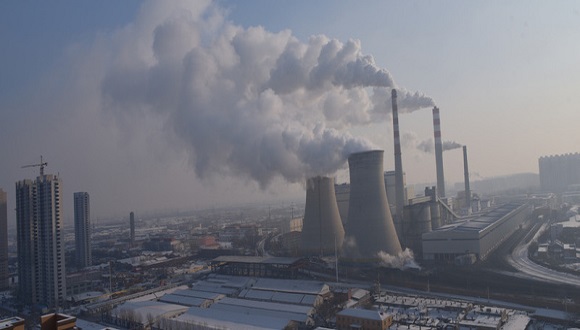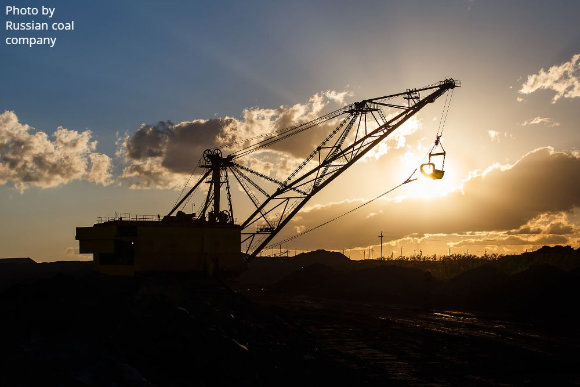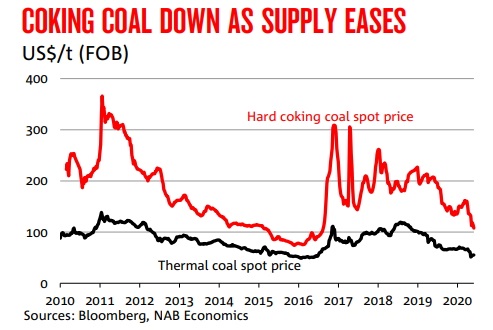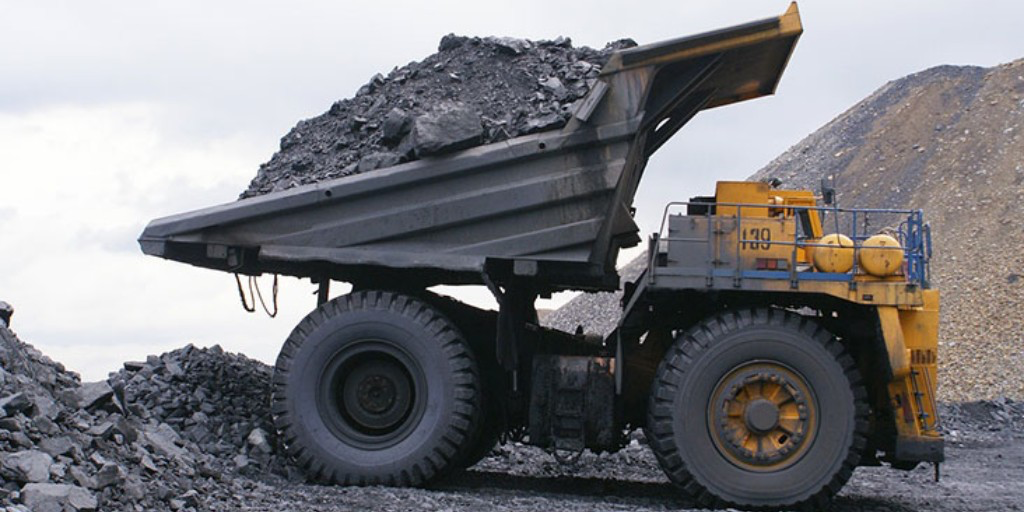
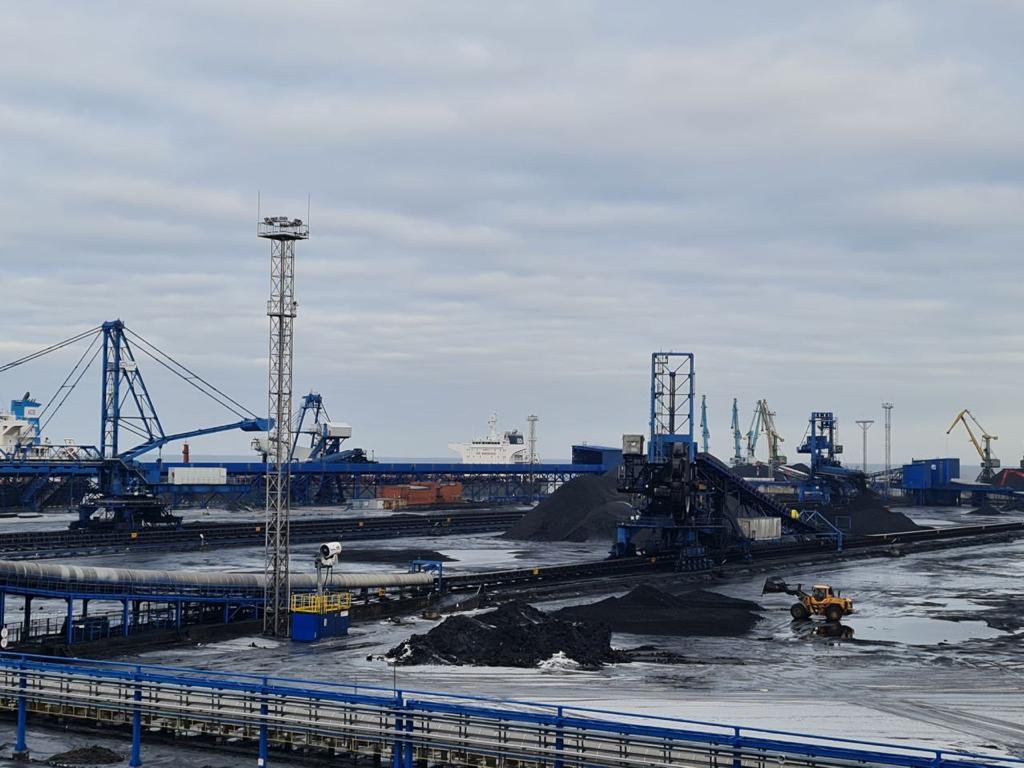
The logistical issues in Russia have been disrupting coal railings since Q4 2021, leading to the volumes being held up at mines, further limiting supply of the crucial material in the global market. In 2022, the situation has not improved, quite the contrary.
As compared to the planned tonnage, 0.5 mio t of coal or 24% were underloaded to Rosterminalugol (Ust-Luga Coal Terminal) in January 2022 and 0.5 mio t of coal or 66% in February 2022. In January 2022, due to reduced coal railings, Rosterminalugol, the largest coal terminal in the west side of Russia, received only 1.5 mio t of coal, down 20% y-o-y. In February 2022, the terminal expects to receive just 0.7 mio t, a whopping 59% drop y-o-y and 53% m-o-m. In fact, Rosterminalugol is able to handle up to 28 mio t per year. Last year 24.3 mio t were exported through the terminal which means that monthly throughput must be 2 mio t at least.
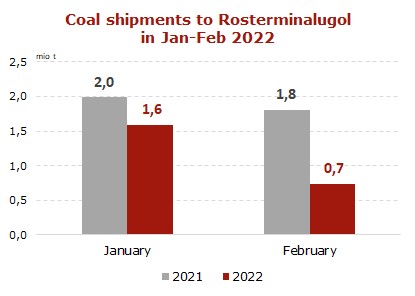
RZD, Russian state-owned rail operator, fails to deliver proper volumes of the cargo to the port despite the approved schedule. This is largely caused by rail maintenance, a large number of abandoned trains on the railway network as well as a lack of workforce affected by COVID-19 and omicron variant, resulting in lower locomotive availability. Due to the lack of locomotive hauling, RZD most often replaces three coal trains with one container train.
Subsequently, KRU (Kuzbassrazrezugol), the major coal supplier through Rosterminalugol, struggles to move some of its coal to the terminal and falls short of its plans. However, the mining giant can’t declare force-majeure officially, because RZD continuously imposes bans on coal shipments without providing any documents related to such restrictive measures.
Source: CAA










